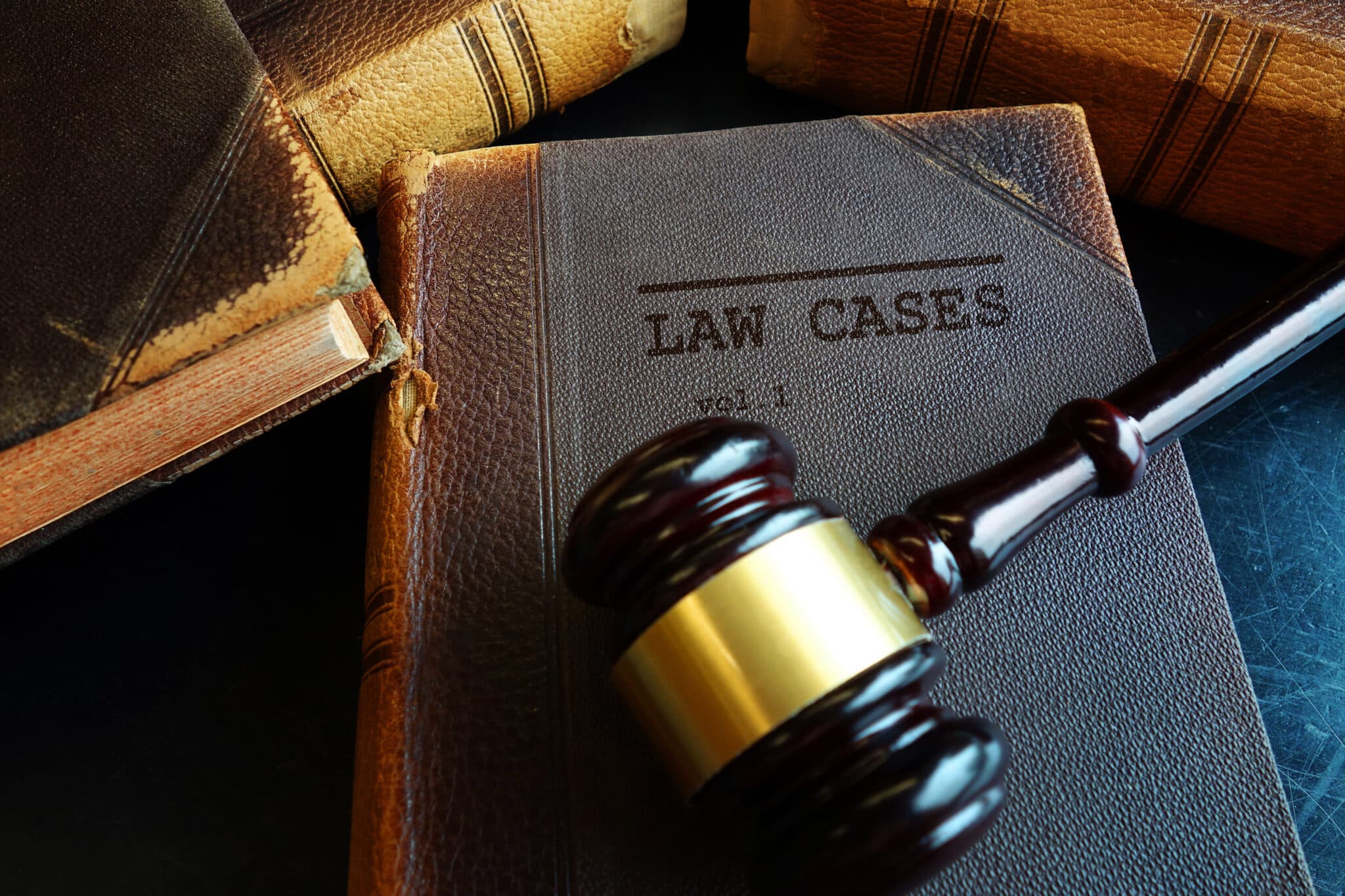Why Select Federal Appeal Lawyers: Proven Methods for Successful Appeals
Why Select Federal Appeal Lawyers: Proven Methods for Successful Appeals
Blog Article
Debunking the Refine of Federal Appeals: What You Required to Know
Navigating the complex world of government appeals can often appear like going across uncharted waters for those unfamiliar with the procedure. Recognizing the nuances of appellate court territory, the details of submitting a notification of allure, presenting a compelling quick, and making a convincing oral debate are important parts that can considerably influence the outcome of a situation. By unraveling the layers of intricacy surrounding federal charms, individuals can acquire a more clear understanding right into the systems that govern this important stage of the lawful system.
Understanding Federal Appeals Process
Exploring the elaborate world of the federal charms procedure introduces a organized and methodical journey with the judicial system. Federal charms work as a critical system for assessing choices made by lower courts. Recognizing this procedure is crucial for any individual associated with lawful proceedings at the federal degree.
The process usually begins with a party disappointed with a reduced court's judgment filing a notification of appeal. This activates an evaluation by a greater court, where a panel of judges analyzes the legal arguments presented by both events. Briefs outlining the legal thinking behind each event's placement are submitted, and oral arguments may be heard to make clear complex problems.
The appellate court's choice is based on a complete examination of the reduced court's proceedings and the arguments presented. When the appellate court reaches a decision, it can attest, reverse, remand, or modify the lower court's ruling, offering quality and finality to the lawful conflict.
Appellate Court Territory Clarified
As we advance from understanding the federal appeals procedure to studying the complexities of appellate court jurisdiction, an essential facet emerges regarding the authority and restrictions of these greater courts in the legal landscape. Appellate court territory describes the range of situations that a certain appellate court has the power to review and choose upon. Unlike trial courts that hear instances for the very first time, appellate courts are restricted to evaluating decisions made by reduced courts. These decisions can include judgments from both state and government courts.
Appellate courts have jurisdiction over particular types of cases, generally those including legal errors, procedural issues, or questions of regulation as opposed to accurate conflicts. The territory of appellate courts is generally described in laws and laws that regulate the court system. Comprehending appellate court jurisdiction is important for events associated with the allures process as it identifies whether a situation is qualified for review and the level to which the appellate court can interfere in the lower court's decision.
Declaring a Notice of Charm
The initial step in beginning the federal charms process involves filing a Notice of Allure with the suitable appellate court. This critical record formally alerts the court and the other events associated with the instance that the appealing celebration means to look for a review of the reduced court's choice. Filing a Notification of Allure is a stringent procedural need that sets the appellate procedure moving.
When preparing the Notification of Charm, it is important to guarantee conformity with the details regulations and guidelines of the pertinent appellate court. federal appeal lawyers. The record must commonly consist of information such as the case name, the reduced court's name, the date of the judgment being appealed, and a concise statement suggesting the grounds for the charm

Rundown and Oral Debate
In the appellate procedure, providing created briefs and taking part in dental debates play critical duties in supporting for the appealing event's placement before the appellate court. Briefs are thorough legal papers that detail the parties' disagreements, lawful authorities, and analysis supporting their settings. These created submissions offer the court with an in-depth understanding of the facts of the situation, the pertinent law, and why the appealing celebration thinks the reduced court's choice should be reversed.
Complying with the entry and testimonial of the briefs, oral arguments provide the celebrations a possibility to further clarify their positions, attend to any kind of inquiries the appellate courts may have, and highlight bottom lines from their composed briefs. Oral disagreements are a possibility for the lawyers to convince the judges with verbal advocacy and feedbacks to inquiries from the bench.
Both the written briefs and oral arguments are important elements of the appellate process, enabling celebrations to provide their situation completely and compellingly before the appellate court. - federal appeal attorneys
Getting the Appellate Court Decision
The appellate court's decision is typically provided in a created format and details the court's conclusions on the legal concerns presented, the reasoning behind their choice, and the judgment provided. The time frame for getting the appellate court's choice can differ, but courts aim to give timely resolutions. Whether the appellate court verifies, turns around, or remands the reduced court's decision, comprehending the ramifications of the judgment is essential for all celebrations entailed in the appellate procedure.
Conclusion
Understanding the appellate court territory, submitting a notification of allure, preparing briefs, and offering dental disagreements are all crucial elements of this process. Ultimately, receiving the appellate court decision can provide quality and resolution to lawful disagreements.
As we advance from comprehending the federal appeals procedure to studying the details of appellate court territory, an essential aspect comes to light regarding the authority and restrictions of these greater courts in the lawful landscape. Appellate court territory refers to the range of situations that a particular appellate court has the power to determine and examine upon. Unlike trial courts that listen to instances for the very first time, appellate courts are limited to assessing choices made by lower courts. Comprehending appellate court jurisdiction is crucial for celebrations involved in the allures procedure as it identifies whether an instance is qualified for review and the level to which the appellate court can intervene in the reduced court's decision.

Report this page